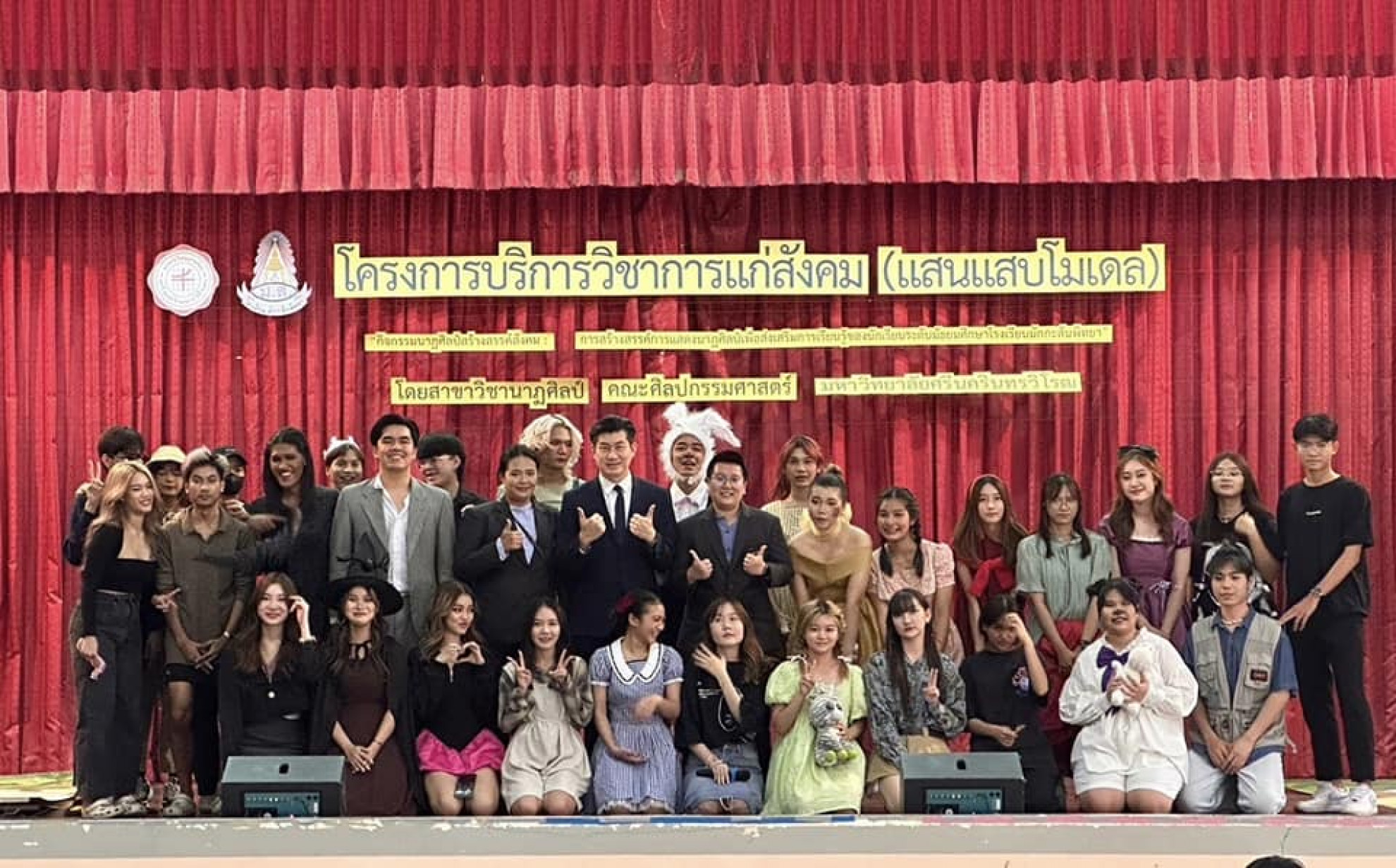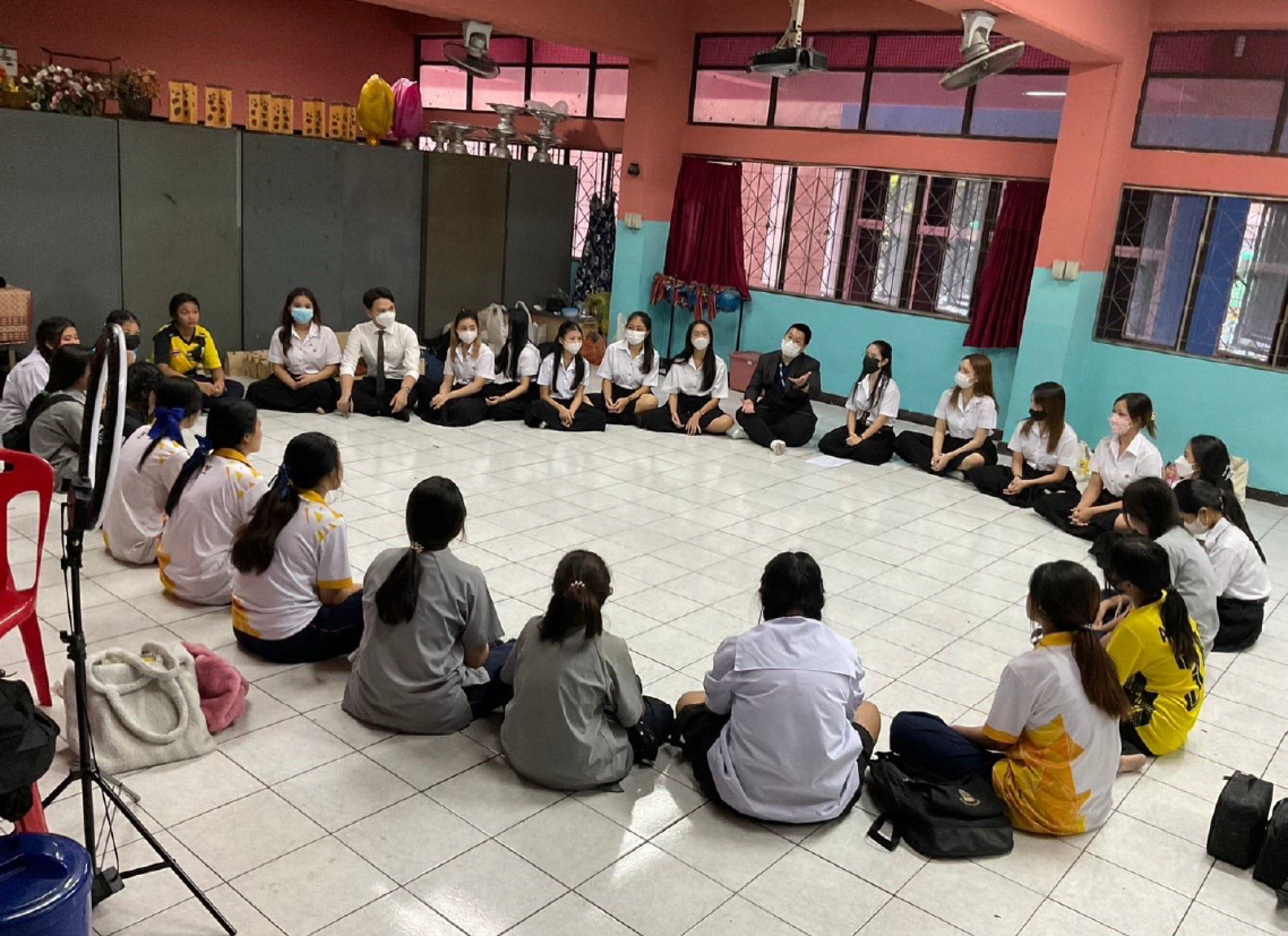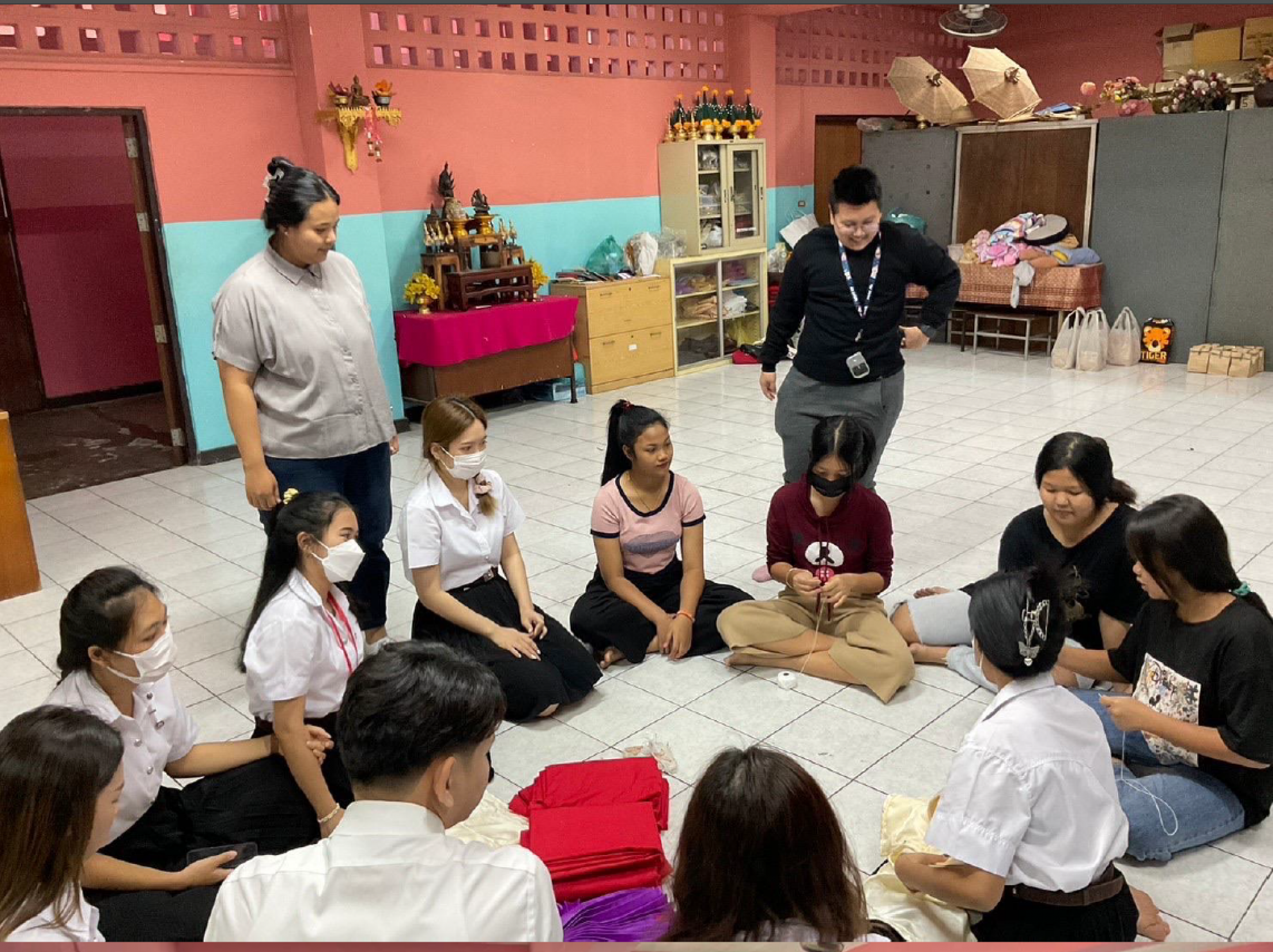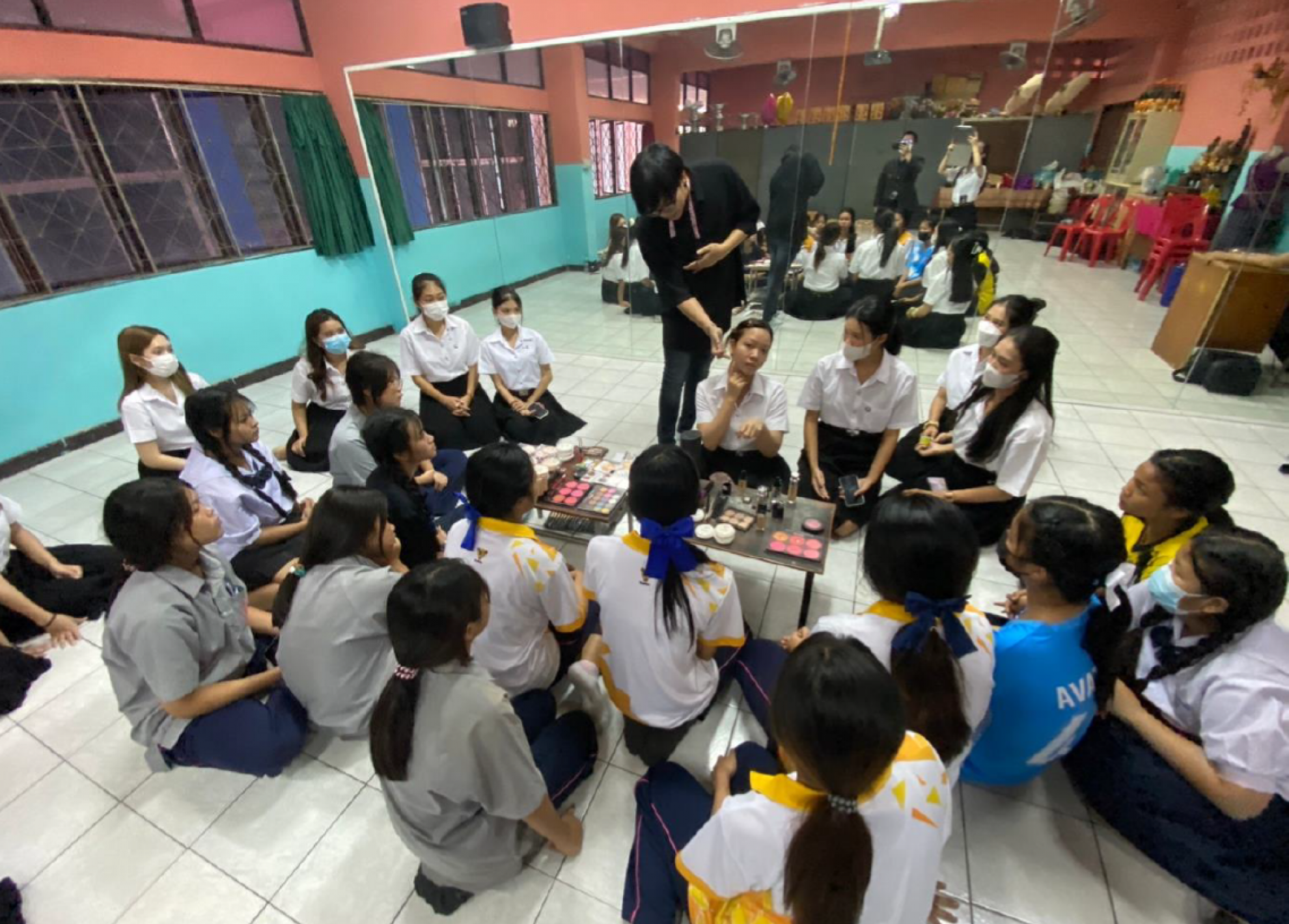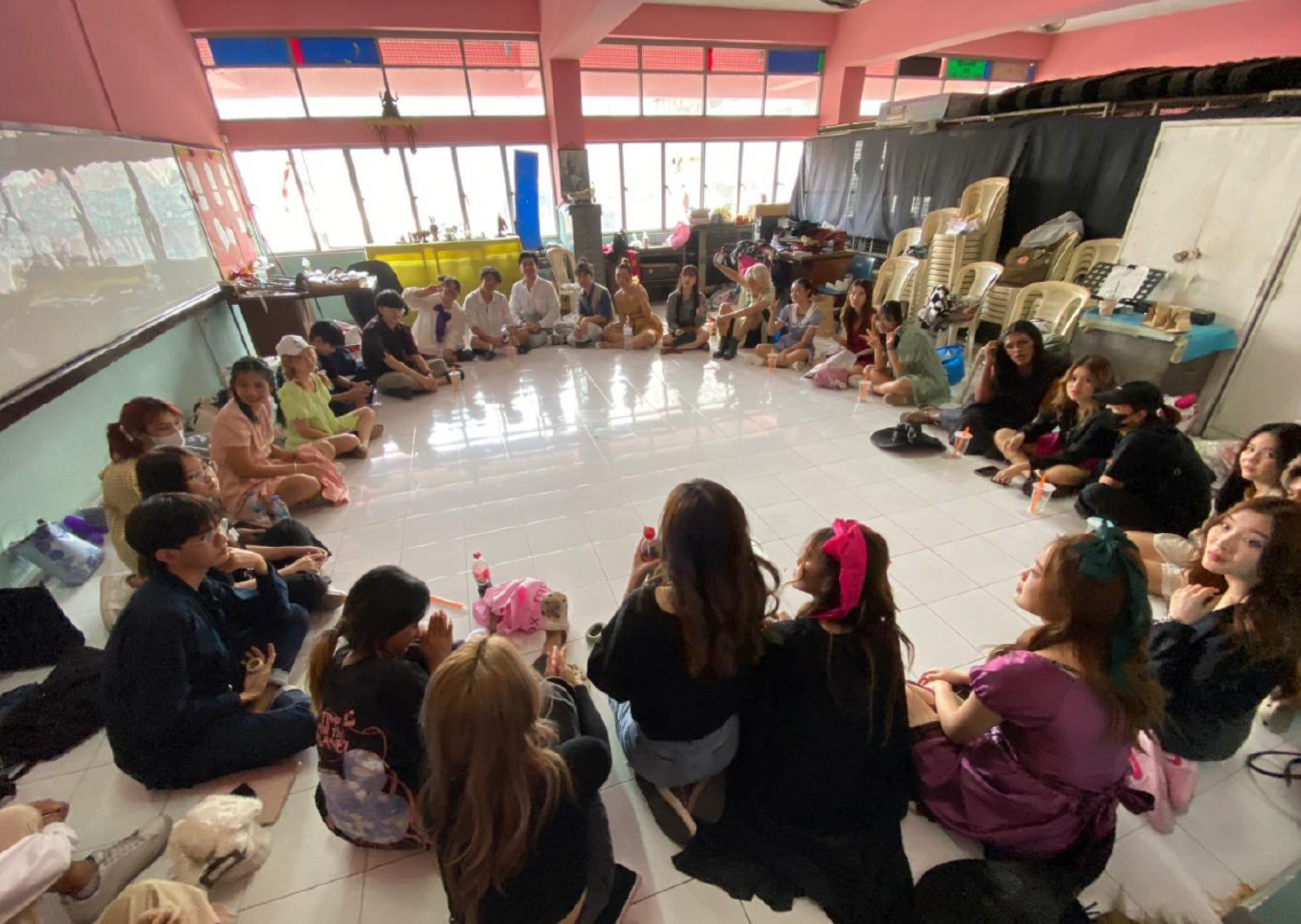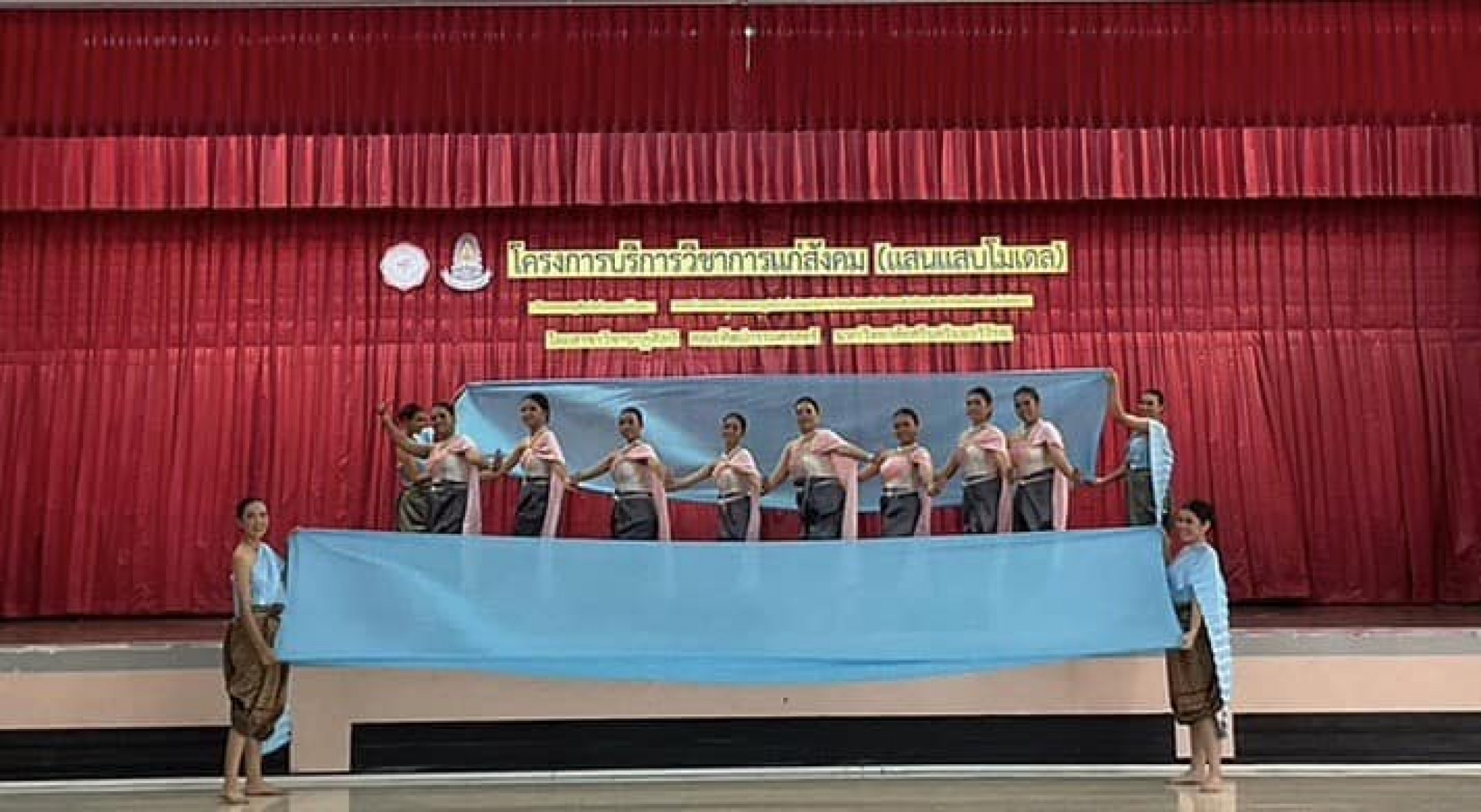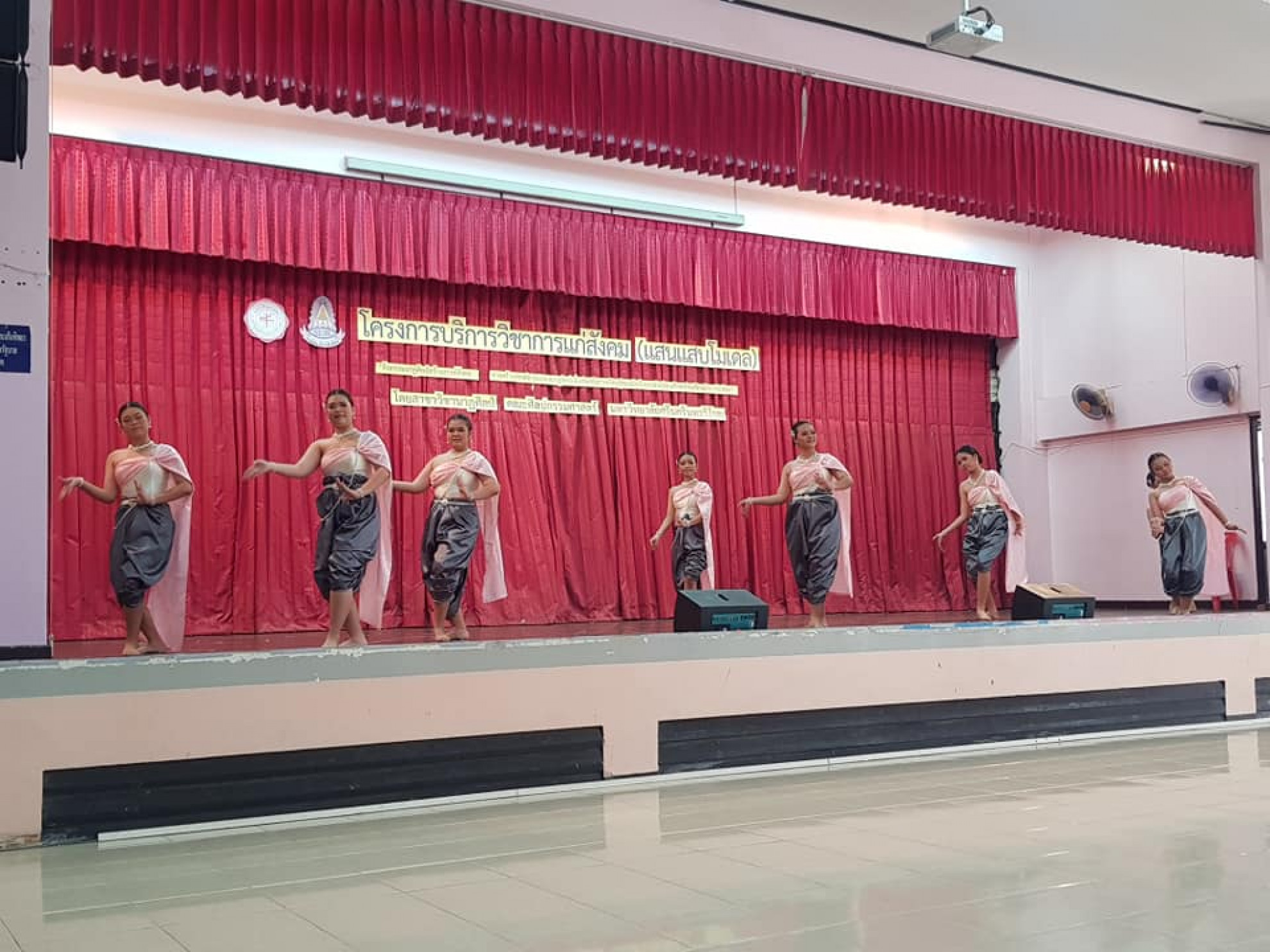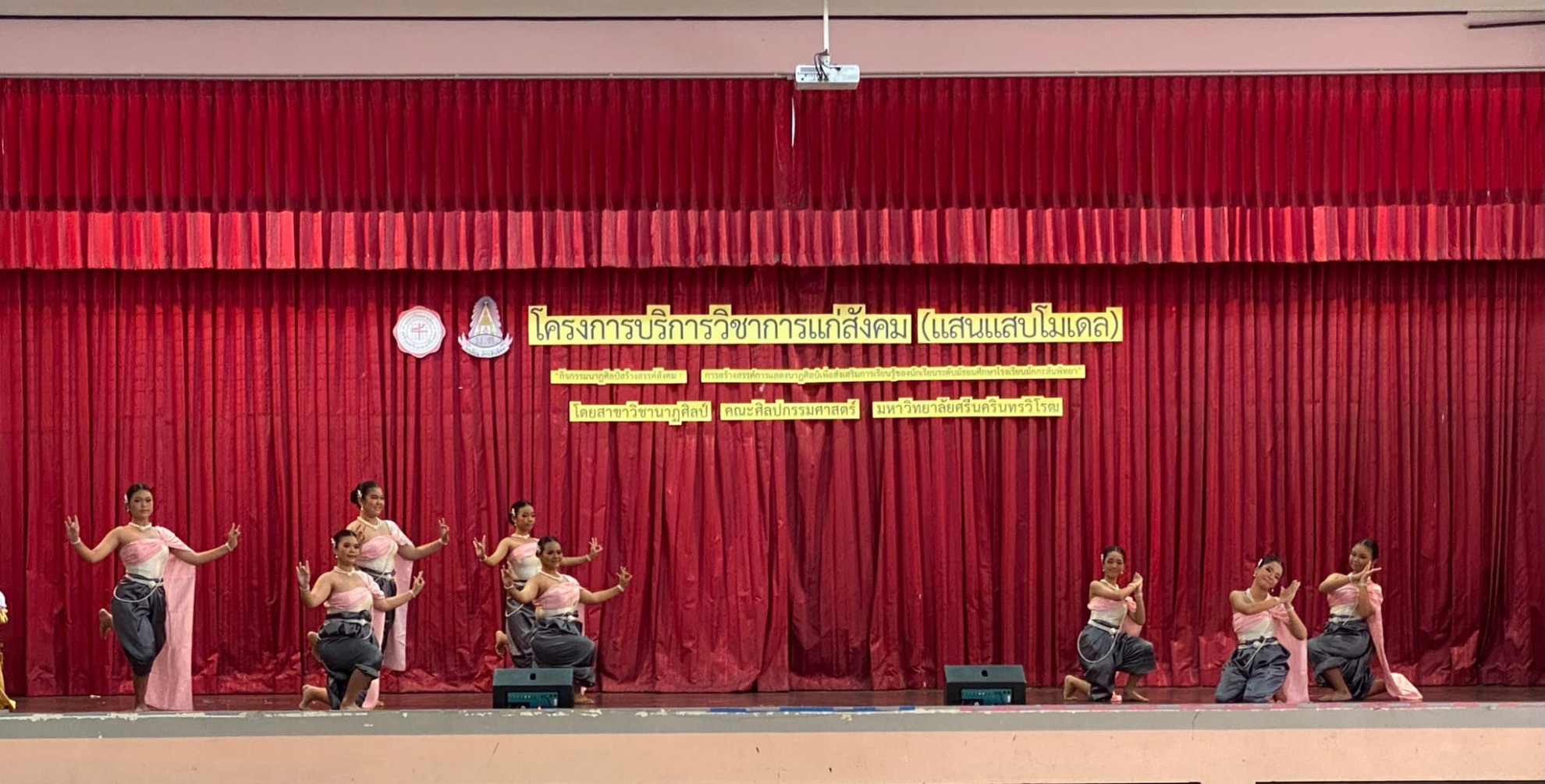





| Target | Indicator | Result |
|---|---|---|

SDG 4
QUALITY EDUCATION
|
||
| 4.7 By 2030, ensure that all learners acquire the knowledge and skills needed to promote sustainable development, including, among others, through education for sustainable development and sustainable lifestyles, human rights, gender equality, promotion of a culture of peace and non-violence, global citizenship and appreciation of cultural diversity and of culture's contribution to sustainable development | 4.7.1 Extent to which (i) global citizenship education and (ii) education for sustainable development, including gender equality and human rights, are mainstreamed at all levels in (a) national education policies; (b) curricula; (c) teacher education; and (d) student assessment | This project aligns with the goals of global citizenship education and education for sustainable development by integrating cultural heritage into secondary education, fostering respect for diversity and social responsibility. By engaging students in the practice and appreciation of Thai classical dance, the project cultivates an understanding of cultural identity and heritage preservation—key aspects of global citizenship. The activities, which include hands-on workshops in costume design, makeup, and performance, encourage inclusive and sustainable development by valuing traditional arts and empowering students to contribute to their cultural legacy. This approach supports the mainstreaming of these educational principles in curricula, teacher training, and student assessment, promoting a holistic understanding of cultural, social, and ethical values that align with national education goals for sustainable development. |

SDG 11
SUSTAINABLE CITIES AND COMMUNITIES
|
||
| 11.4 Strengthen efforts to protect and safeguard the world's cultural and natural heritage | 11.4.1 Total expenditure (public and private) per capita spent on the preservation, protection and conservation of all cultural and natural heritage, by type of heritage (cultural, natural, mixed and World Heritage Centre designation), level of government (national, regional and local/municipal), type of expenditure (operating expenditure/investment) and type of private funding (donations in kind, private non-profit sector and sponsorship) | This project contributes to the expenditure on cultural heritage preservation by investing resources in the education and practice of Thai classical dance, a valuable aspect of cultural heritage. Through the creation of a Thai dance performance and supporting workshops in costume design, makeup, and dance practice, the project reflects a targeted investment in cultural heritage preservation at the local level. This includes operational and educational costs supported by public institutions, as well as potential in-kind donations and private sector contributions. By enhancing the skills and cultural awareness of both students and participants, the project promotes the sustainability of Thai heritage, aligning with goals to protect and invest in cultural heritage through educational initiatives. |
The "Social Engagement Project (Saen Saeb Model): Creative Performing Arts for Social Development" focuses on creating a performance in Thai classical dance to enhance learning for secondary school students at Makkasan Pittaya School.
Objectives:
To enable students to understand concepts, types, forms, elements, design methods, and the process of organizing Thai classical dance performances; students are trained in designing and creating Thai dance at an introductory level to support and preserve Thai cultural heritage.
To provide students with practical experience in designing creative performing arts that promotes learning for secondary students, thereby benefiting and adding value to the community in a real-world setting.
To instill in students a sense of volunteerism, teaching them roles, responsibilities, and the importance of teamwork. Students develop adaptability, accountability in assigned tasks, and build a network of creative volunteerism for social benefit.
To enable participants to learn the process of creating innovative Thai classical dance, thereby contributing to the preservation of Thai cultural heritage.
To conduct academic service activities for the community in strategic areas identified by the Faculty of Fine Arts.
The "Saen Saeb Model" aims to cultivate a volunteer spirit among students from the Department of Performing Arts, Faculty of Fine Arts, Srinakharinwirot University. By engaging in activities at Makkasan Pittaya School, located near the significant Saen Saeb Canal, students bring their knowledge of Thai classical dance to the school. The performance integrates the cultural importance of the Saen Saeb Canal with Thai classical dance, creating an educational experience that conveys the value of these heritage elements, while encouraging the audience to maintain and preserve them sustainably.
The project resulted in a Thai dance performance designed to promote awareness and appreciation of Thai classical dance for secondary students, along with three workshop activities: costume design, stage makeup and hairstyling, and creative Thai dance practice. Students acquired knowledge in principles, concepts, types, forms, elements, design methods, and the process of organizing Thai dance. They practiced designing and creating both traditional and innovative Thai dance to foster learning and cultural appreciation among secondary students in a real-world setting. Participants in the project contributed to the preservation and continuation of Thai cultural heritage and learned the creative process of developing Thai classical dance.
